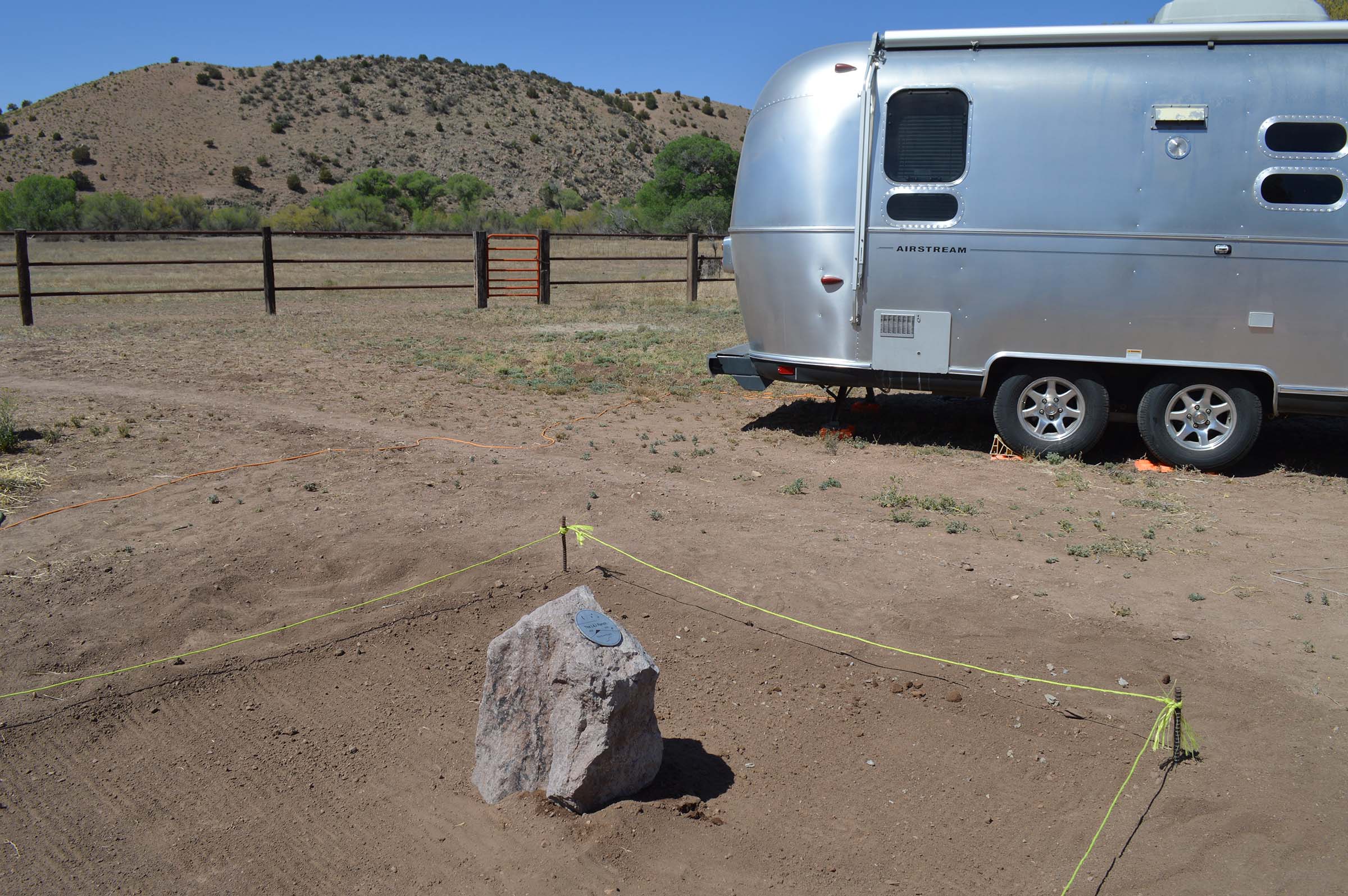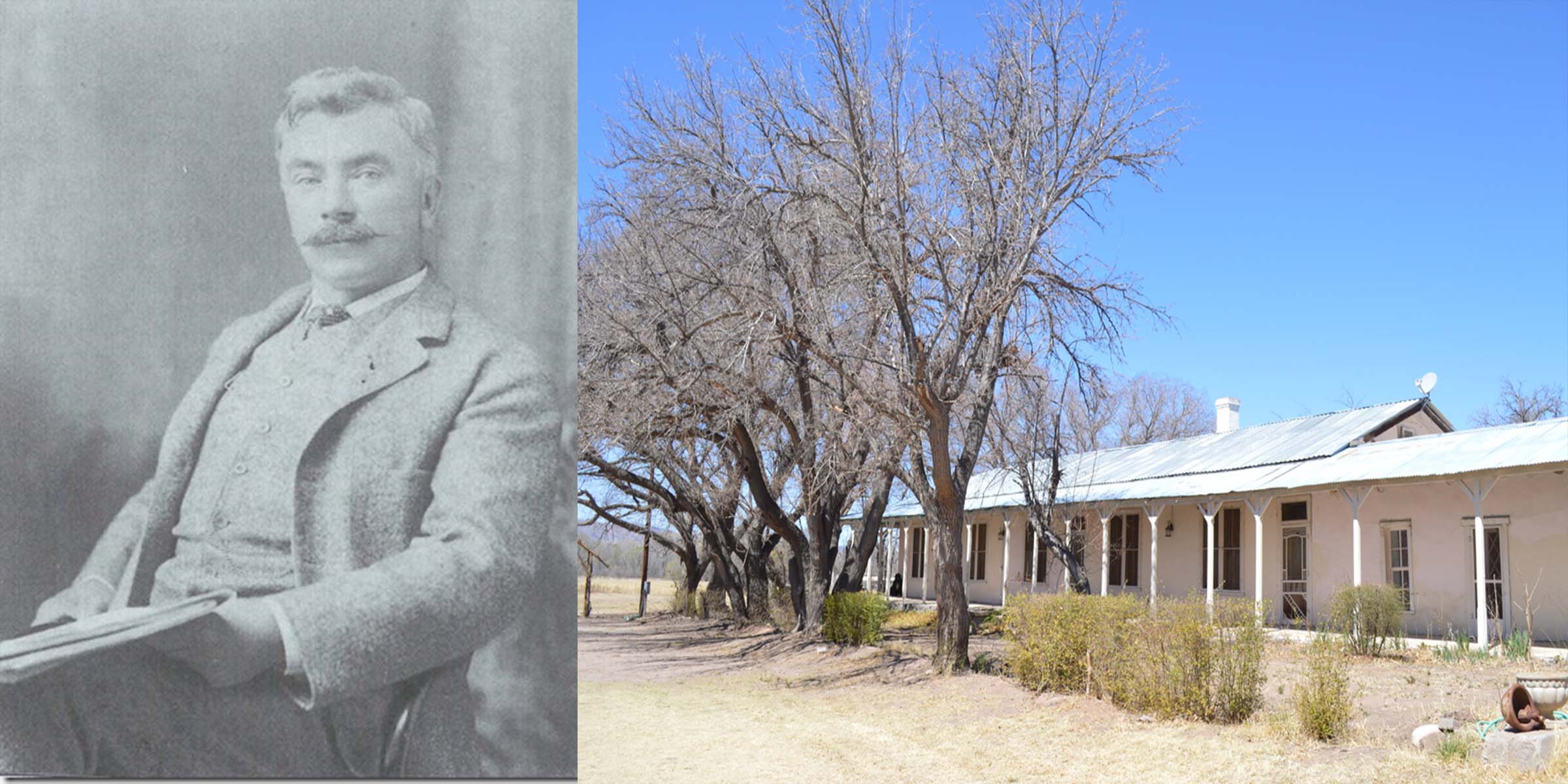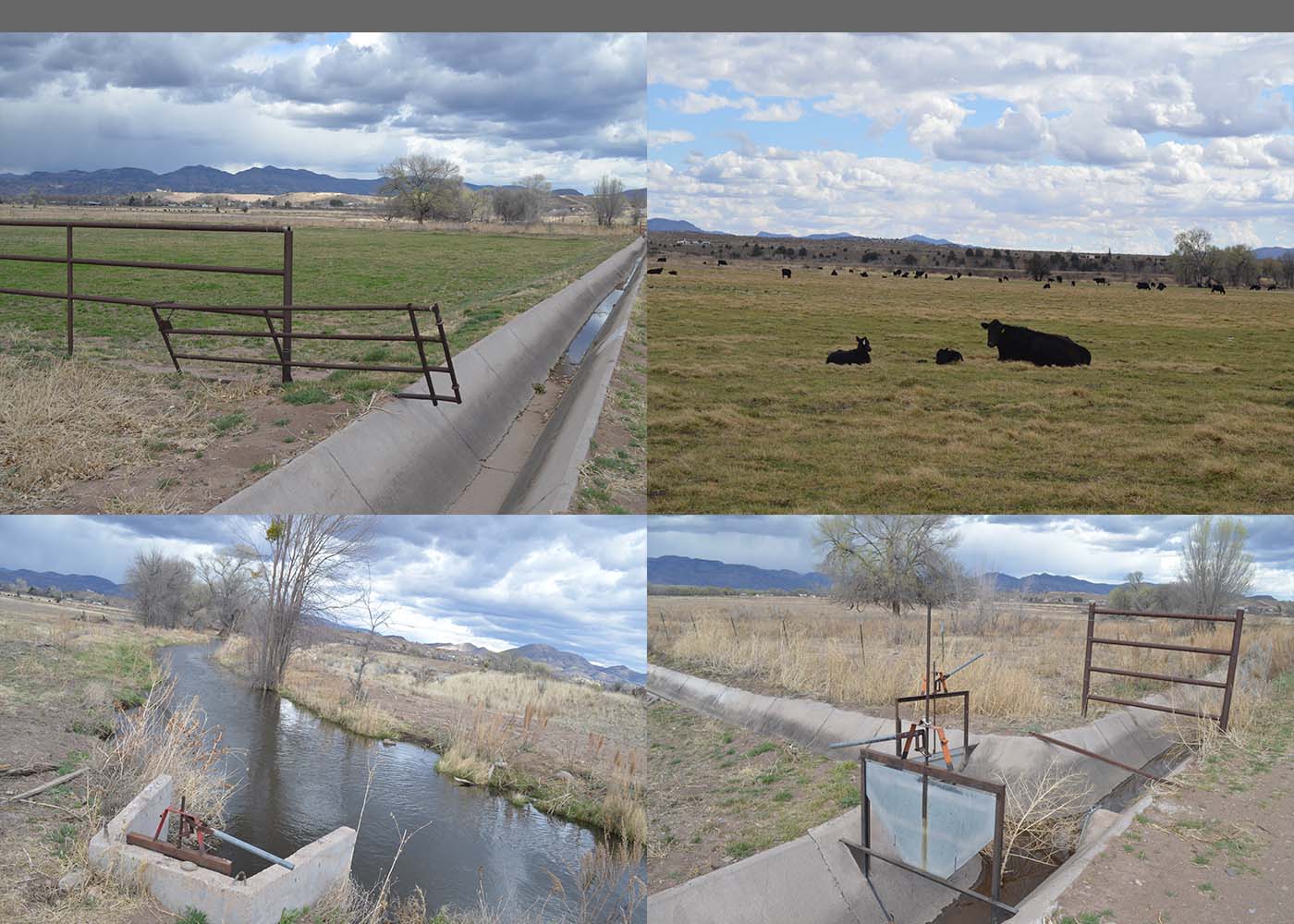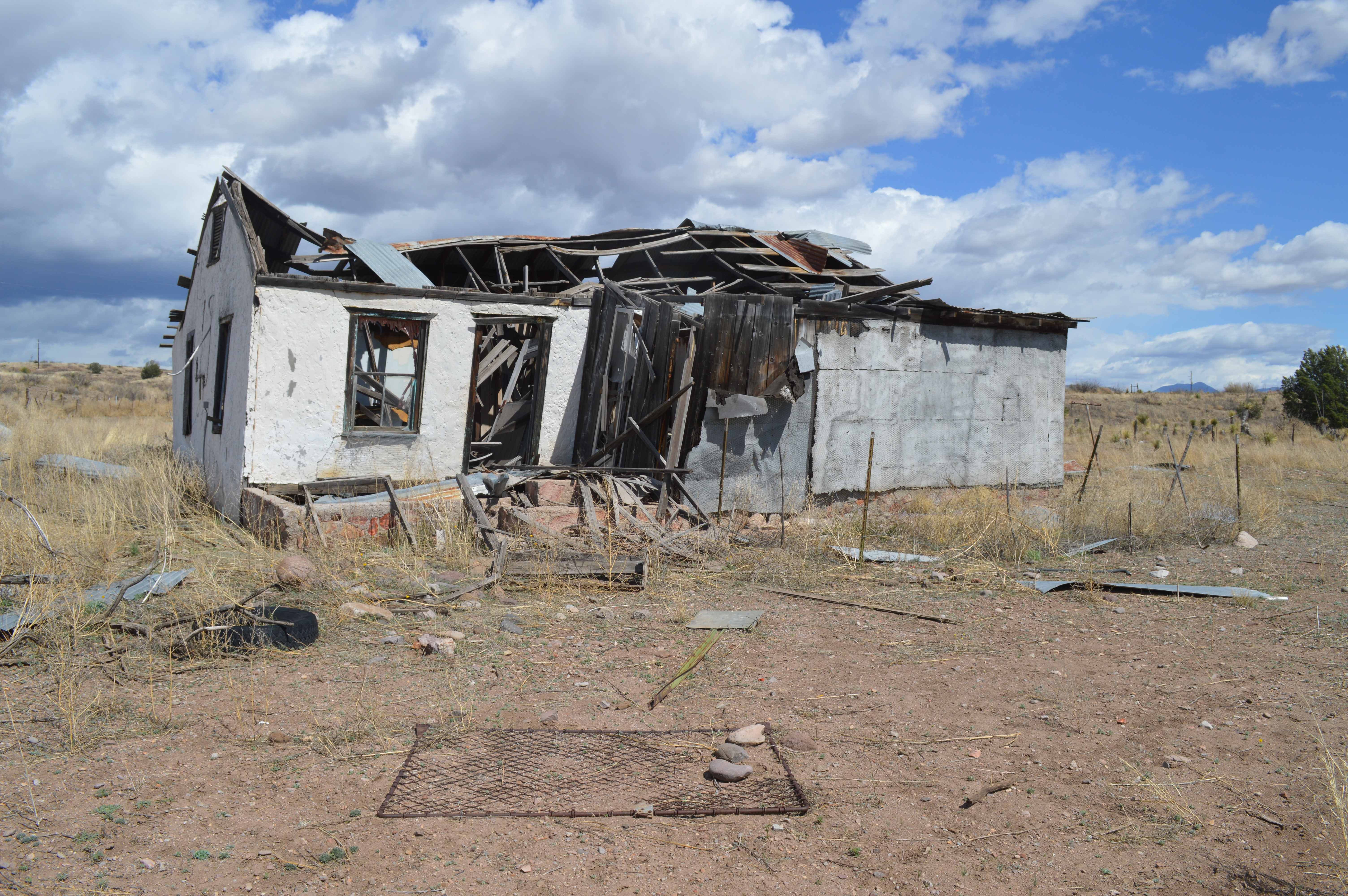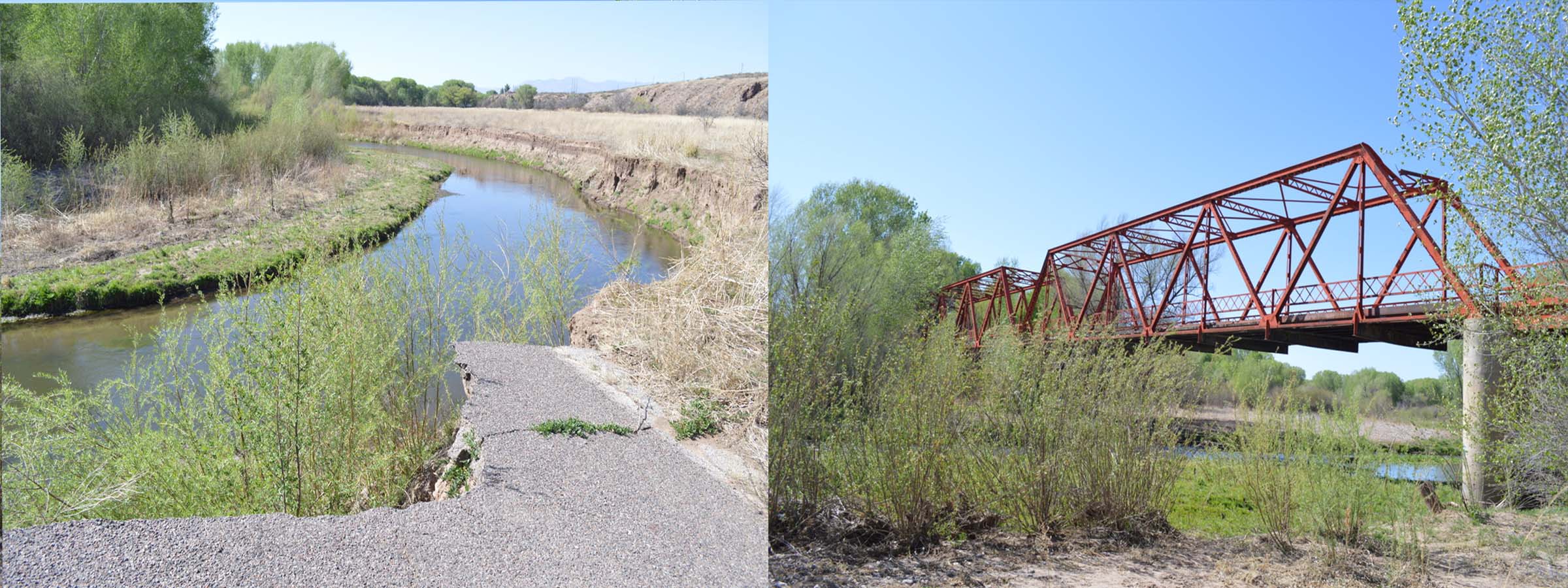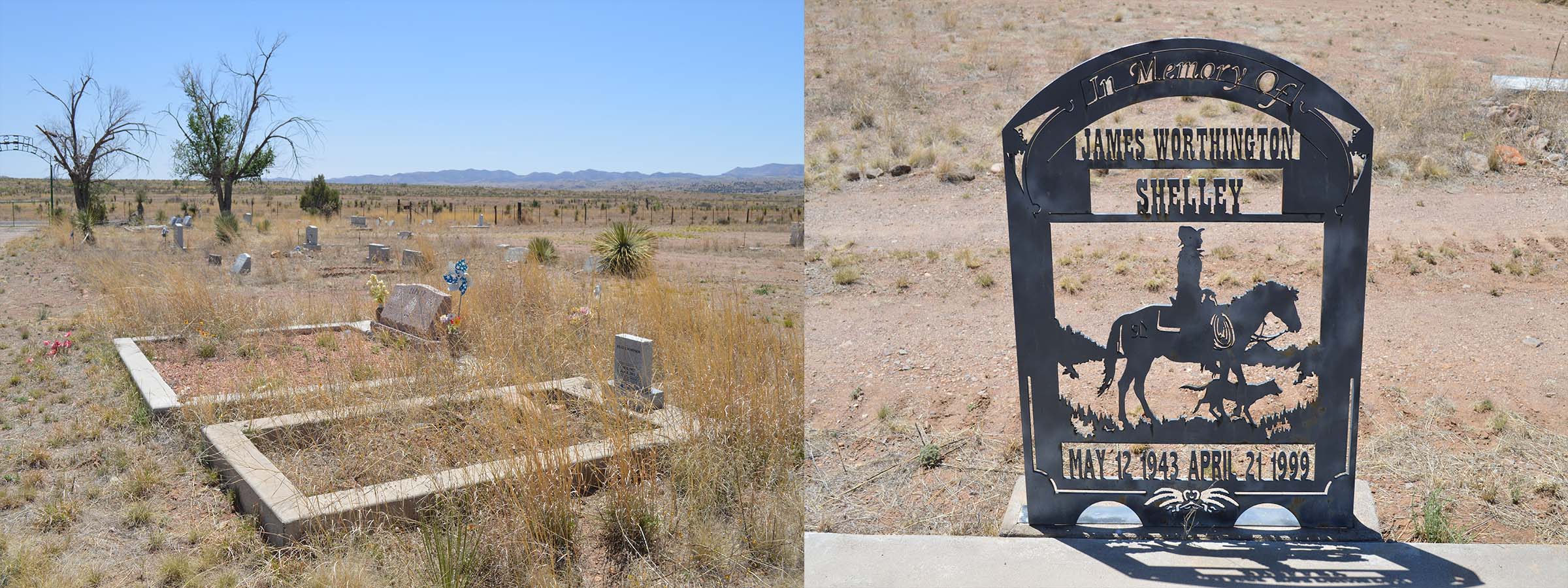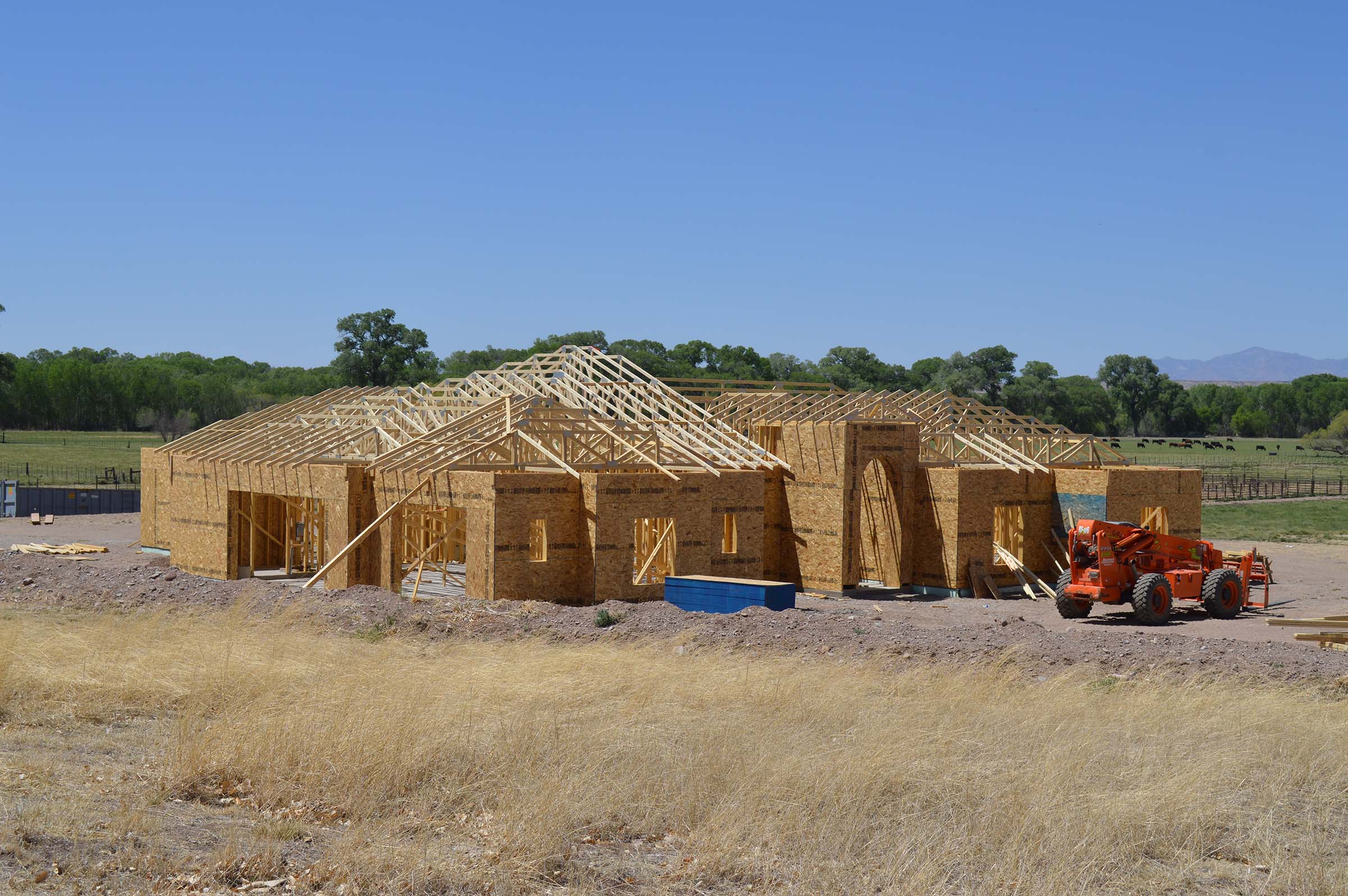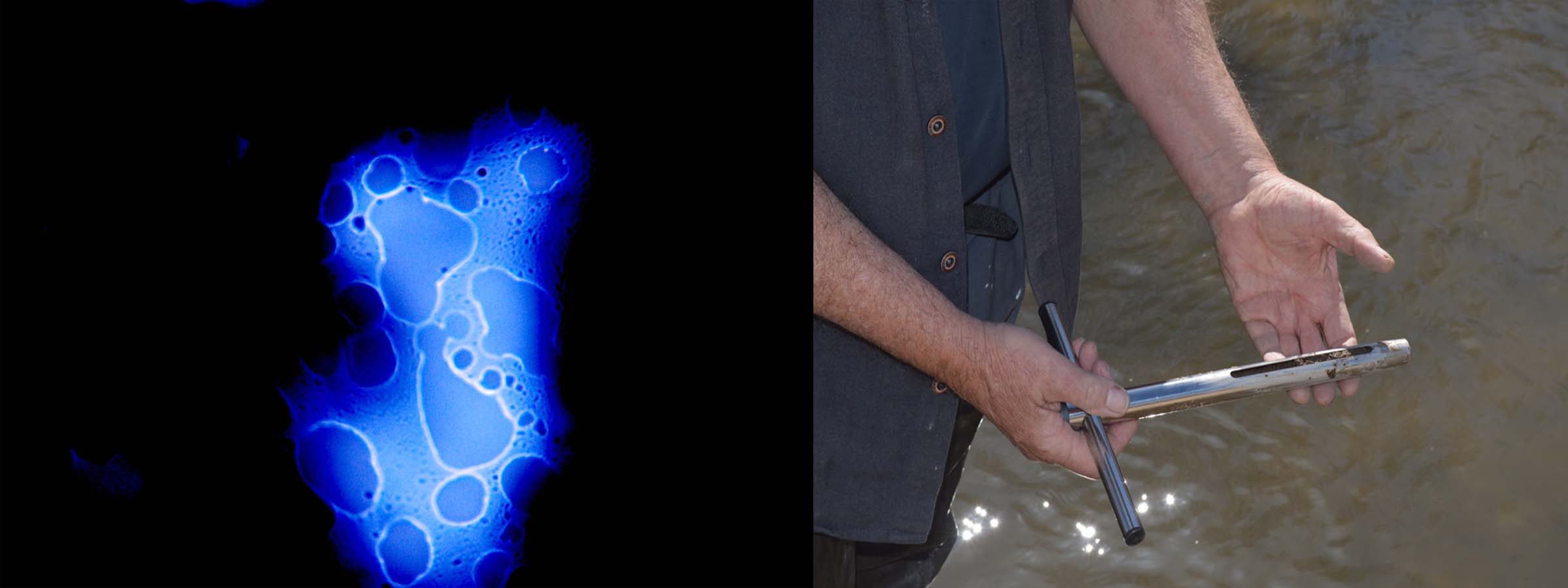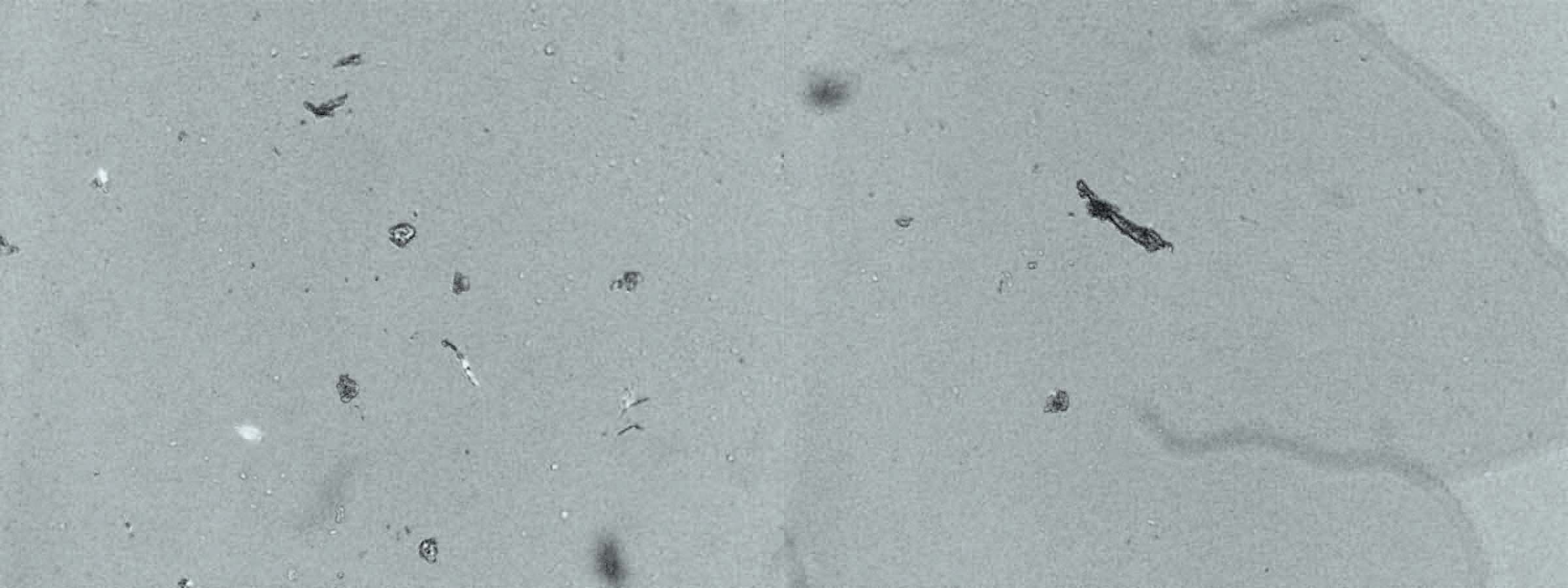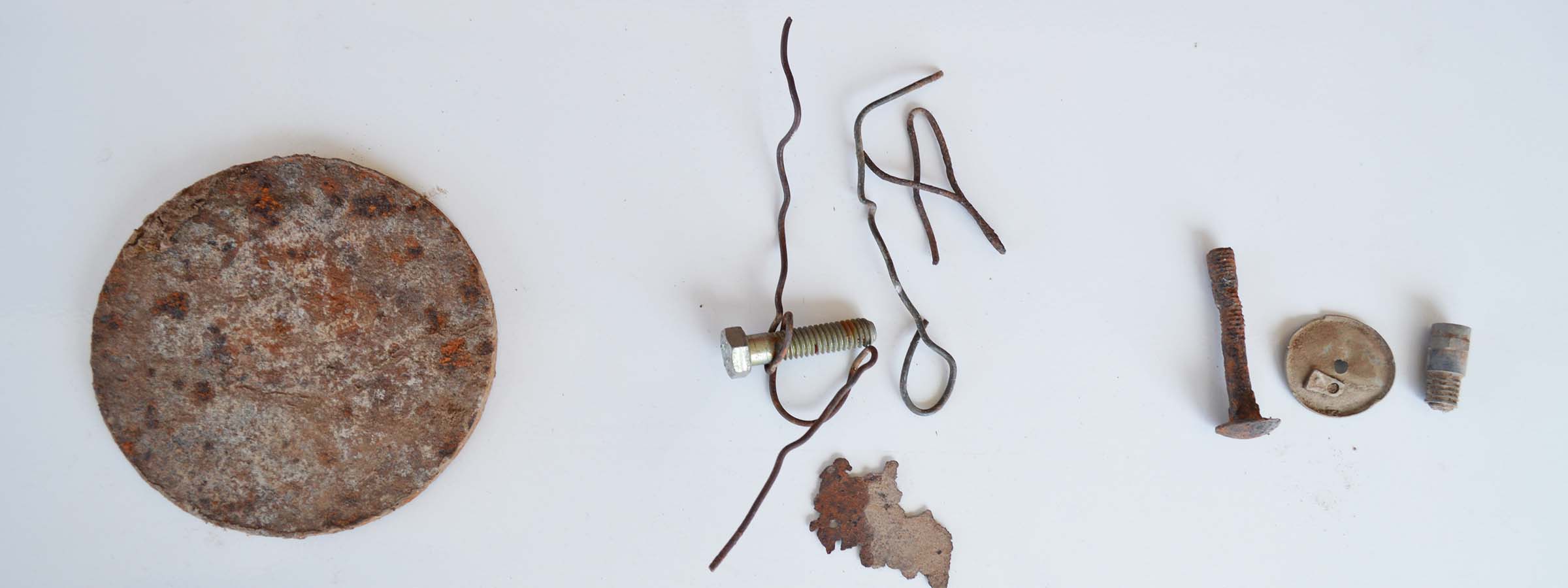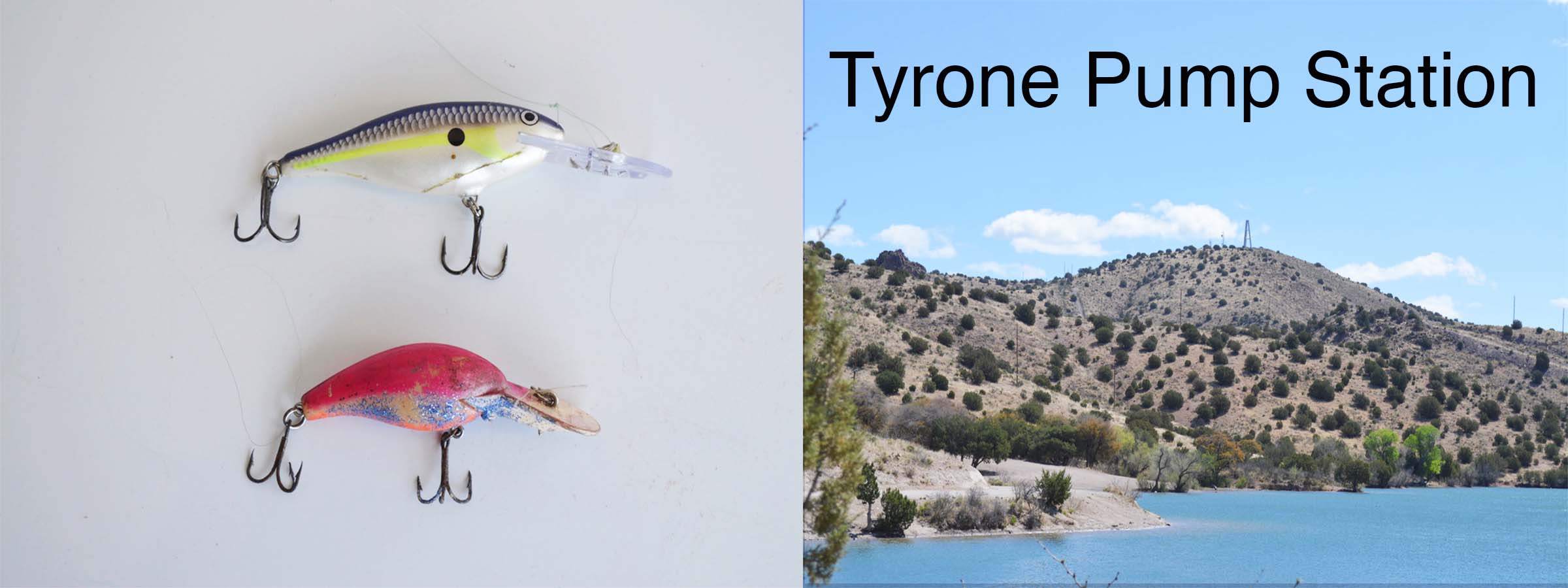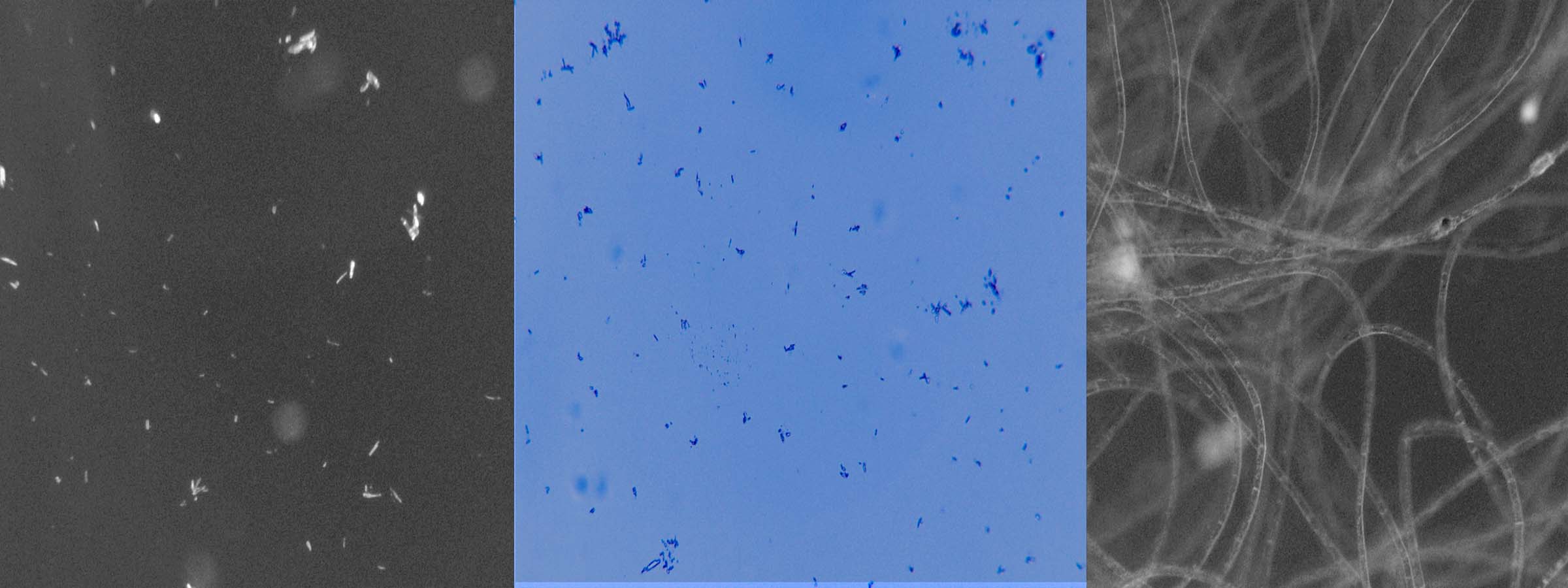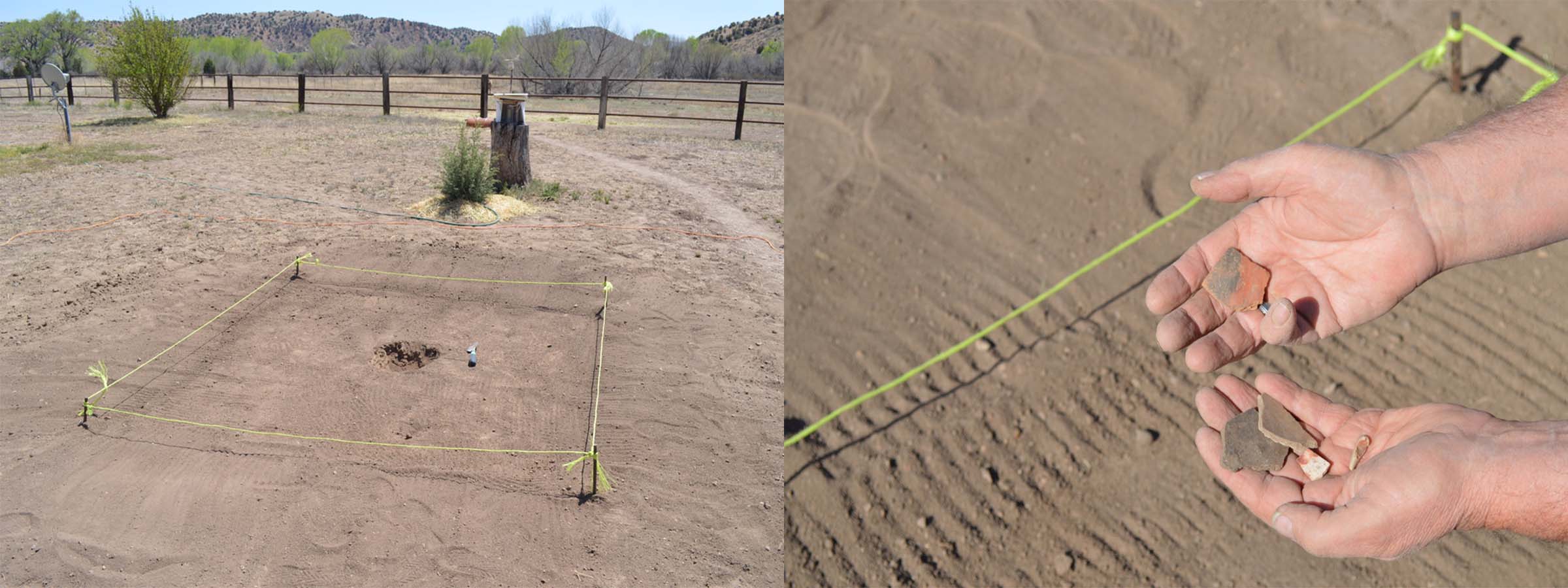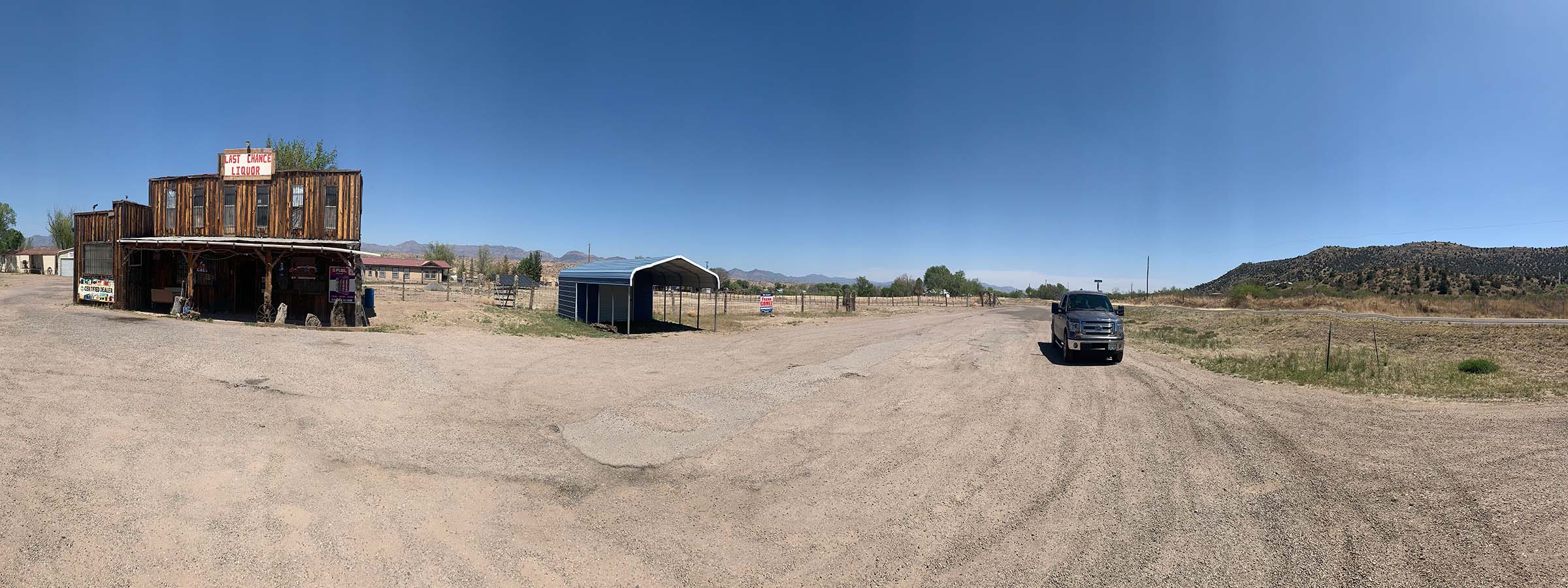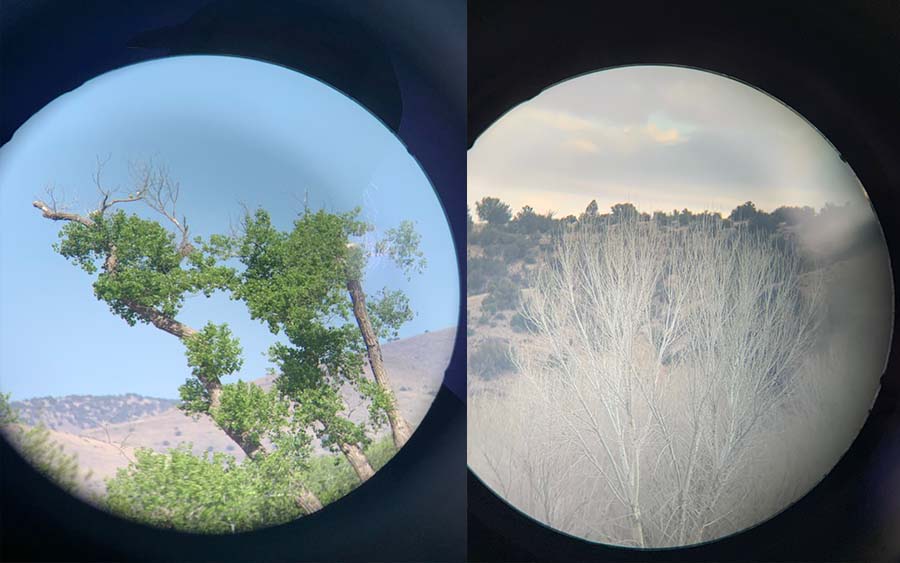Gila River Valley, New Mexico
Located 30-miles northwest of Silver City, New Mexico, the small and historic town of Gila is situated on the banks of the Gila River. The region epitomizes the delicate and complex relationships that exist with regard to land-use among indigenous people, ranchers, agro-business, mining, environmentalists, and their associated politics. The Gila River emerges from the vast Gila Wilderness and incorporates a watershed of over 60,000 sq. miles. Flowing south out of Box Canyon the river's identity shifts to one of agricultural and ranch use.
